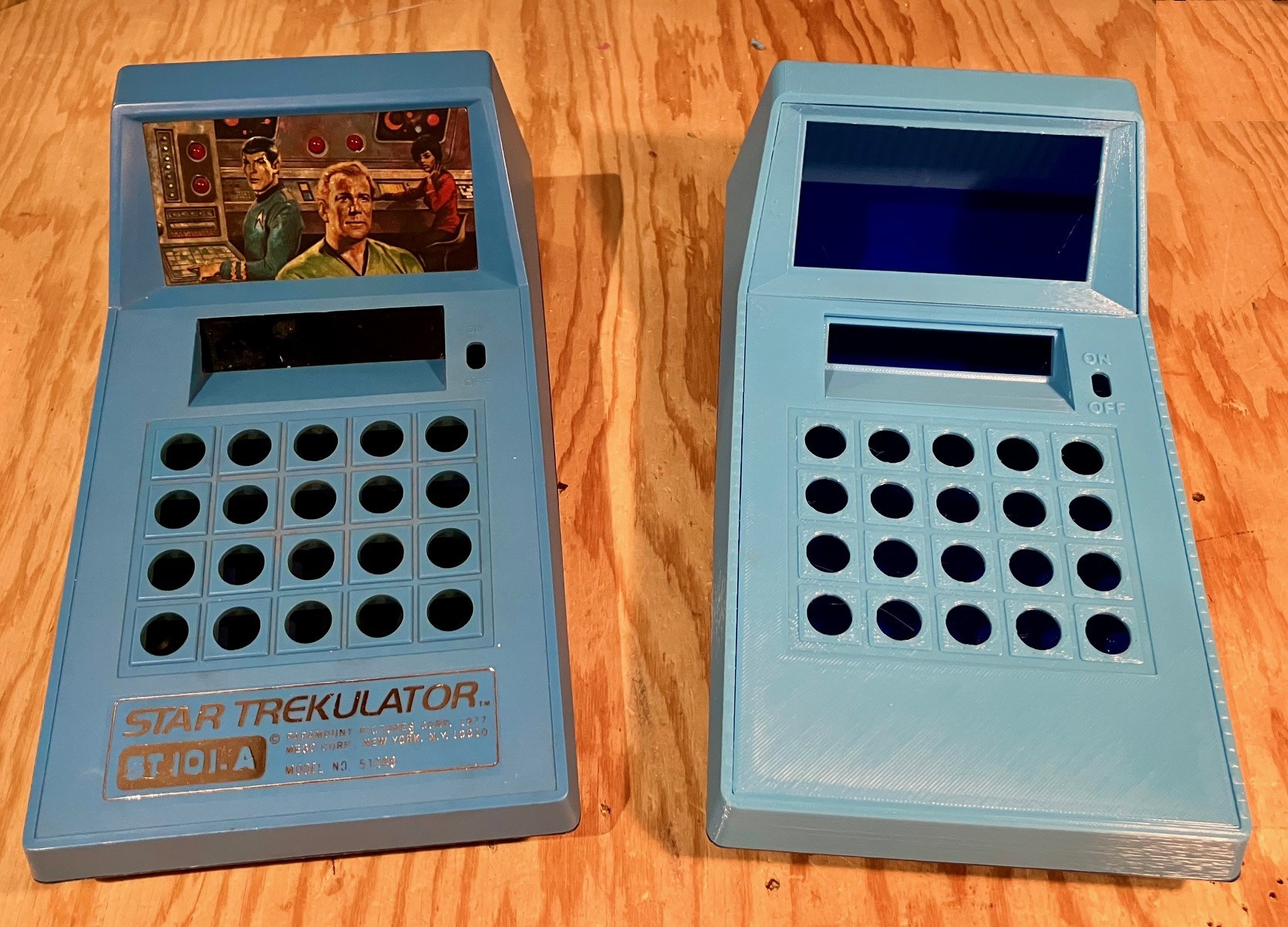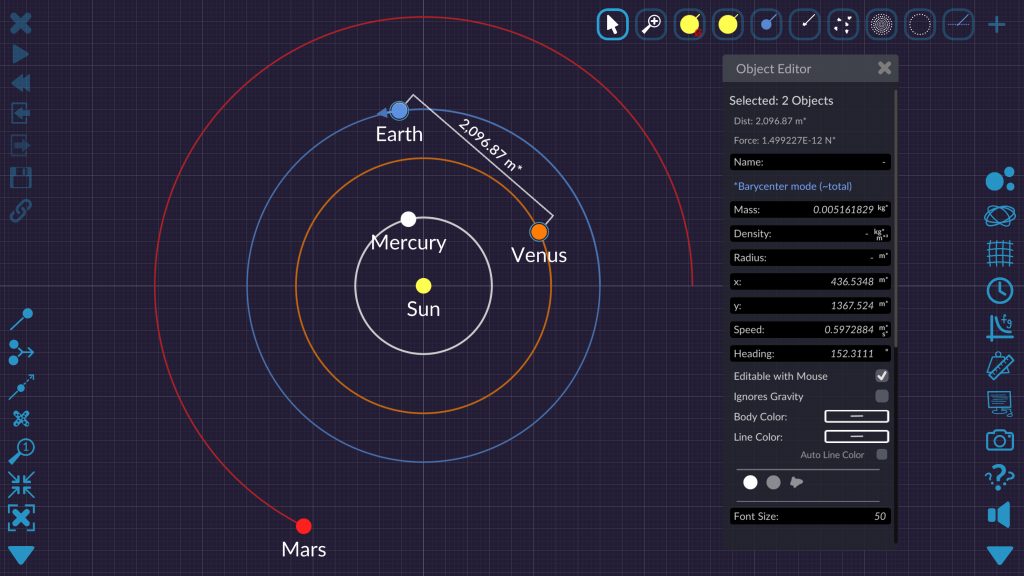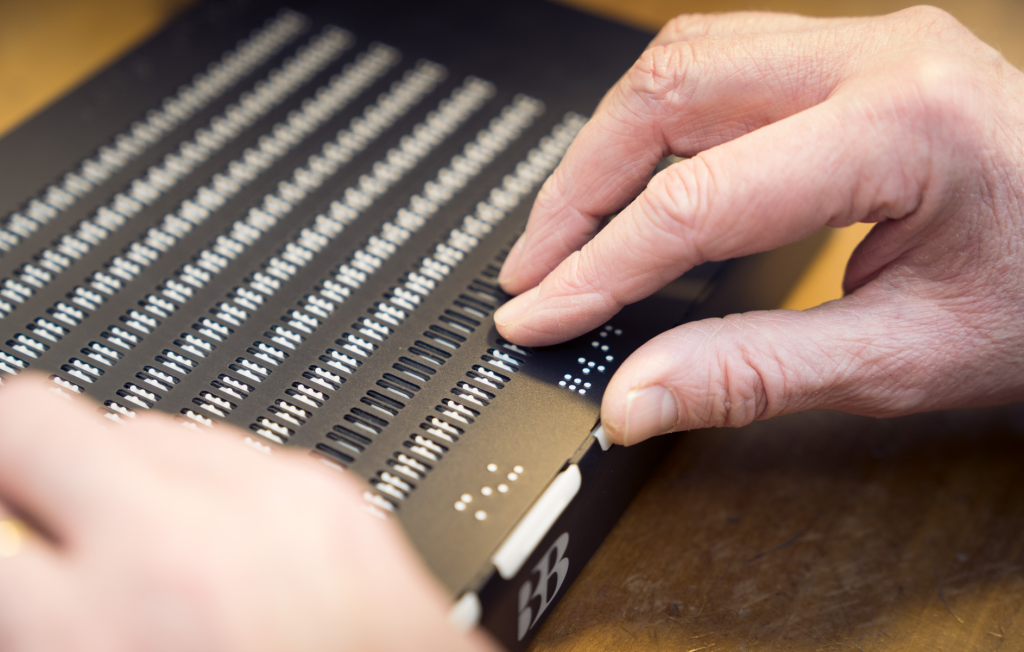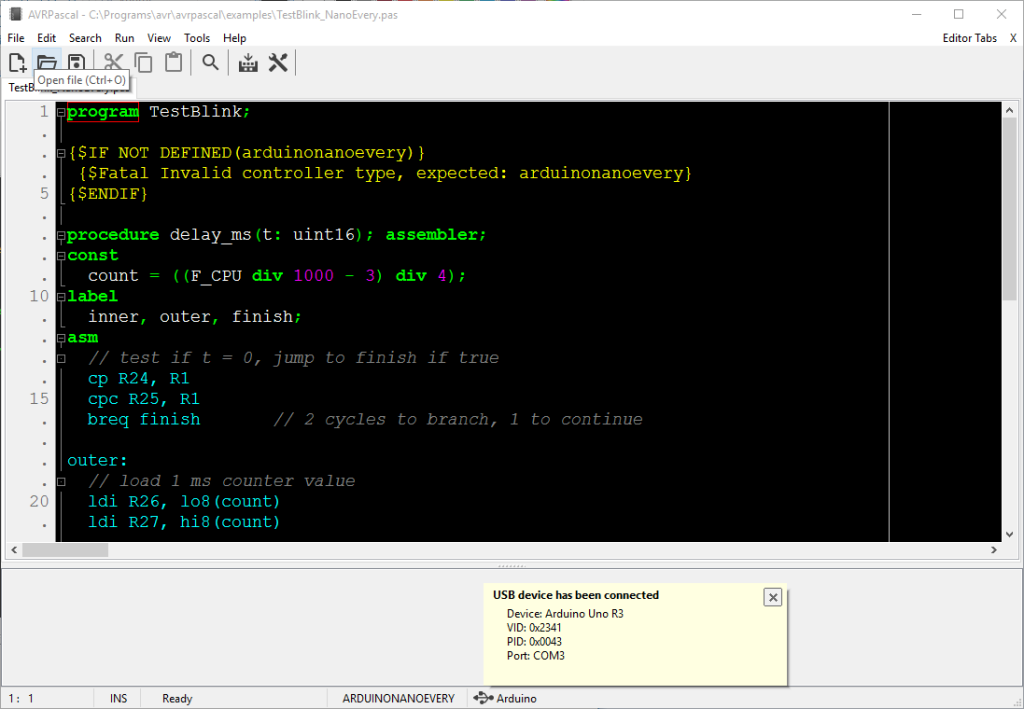The Trekulator project, a fascinating new build showcased on Hackaday.io by Michael Gardi, is an innovative testament to creative engineering in the maker community. This project reimagines a retro device, demonstrating Michael’s skillful adaptation of the original technology using modern components like the ESP32 microcontroller and a vibrant TFT display. Throughout the development process, he meticulously documented each step, from creating functional hardware to tackling complex software challenges associated with audio and graphics. Notably, the Trekulator employs advanced double-precision floating-point calculations, ensuring that even the most demanding computational tasks can be accurately executed. For those passionate about maker projects, this build highlights the potential to blend nostalgia with contemporary tech, inviting enthusiasts to explore its intricacies and perhaps even uncover some floating-point precision quirks themselves.
The Trekulator project represents an exciting intersection of nostalgia and modern engineering, bringing a classic device into the 21st century. Michael Gardi has crafted a remarkable construction that not only revives the essence of its predecessor but also integrates cutting-edge technology, demonstrating a brilliant use of the ESP32 microcontroller and a TFT display. This initiative has been meticulously chronicled on Hackaday, allowing fellow creators to learn from Michael’s detailed approach to overcoming technical hurdles, including sound support and display functionalities. The adventurous nature of this project speaks volumes about the maker culture, where traditional devices are reinterpreted with high precision and creativity, particularly in the realm of floating-point calculations. Engaging with the Trekulator opens up opportunities for fellow makers to devise their own unique versions and tackle potential software challenges, making it a compelling endeavor for anyone passionate about engineering and innovation.
Overview of the Trekulator Project
The Trekulator project, developed by Michael Gardi, has garnered significant attention on Hackaday.io for its unique approach to recreating a classic device. This project serves as both an homage to the technology of the past and a testament to modern maker projects. By leveraging contemporary tools, such as the ESP32 microcontroller and TFT displays, Michael has transformed a simple concept into a multifaceted gadget that not only operates with efficiency but also captivates the imagination of tech enthusiasts.
With its roots in the 1970s, the Trekulator project blends retro design with advanced functionality. As Michael shares his journey on Hackaday.io, he details the meticulous steps he took—from modeling the device’s case to implementing sound support. His use of a TFT display instead of traditional LEDs exemplifies the creative engineering spirit that drives modern makers, opening up a dialogue about innovation and accessibility in technology.
In this project, Michael has highlighted fundamental aspects of software development, particularly in the context of embedded systems. The vast array of functionalities that the ESP32 microcontroller manages, including graphics rendering and input processing, reflects the complexity and capability of contemporary electronics. By documenting his process, Michael not only showcases his skills but also invites fellow makers to participate in similar projects, thereby fostering a community that thrives on collaboration and shared knowledge.
Additionally, the Trekulator project is a fascinating exploration of blending old-school computing with cutting-edge technology. The choice to utilize a TFT display is a statement about evolution in user interfaces, contrasting the simplicity of four red LEDs with vibrant screens that offer expansive functionality. This creative vision invites audiences to not only appreciate but also emulate such innovative designs, encouraging a new generation of creators to think outside the box.
Frequently Asked Questions
What is the Trekulator project on Hackaday?
The Trekulator project, created by Michael Gardi and featured on Hackaday.io, is an innovative maker project that emulates a classic device using modern technology. It combines the ESP32 microcontroller with a TFT display to create an interactive experience, showcasing advanced features like sound support and a functioning keypad.
How does the ESP32 microcontroller enhance the Trekulator project?
In the Trekulator project, the ESP32 microcontroller plays a crucial role by managing complex software that handles audio, graphics, animations, keyboard input, and calculations. This microcontroller allows for a rich interaction with the TFT display while supporting double-precision floating-point calculations, making the project both advanced and engaging.
What features does the Trekulator’s TFT display include?
The Trekulator’s TFT display is a standout feature of this maker project. Unlike the original device that used simple LEDs, Michael Gardi incorporated a full TFT display, providing a more vibrant and interactive user experience. This display handles graphics and animations, enhancing the device’s functionality and appeal.
What challenges did the Trekulator project face with floating-point precision?
The Trekulator project faced challenges with floating-point precision, particularly when performing calculations with the ESP32 microcontroller. Users might encounter unexpected results, such as when summing large numbers, due to limitations in floating-point arithmetic. This bug highlights the complexity of the software and the need for precise programming in maker projects.
How can I replicate the Trekulator project?
You can replicate the Trekulator project by following Michael Gardi’s detailed documentation on Hackaday.io. The project outlines how to assemble the case, integrate the ESP32 microcontroller, wire up the TFT display, and program the complicated software that drives the device, making it accessible for enthusiasts of all skill levels.
What made the Trekulator project enjoyable for Michael Gardi?
Michael Gardi found the Trekulator project enjoyable due to its blend of nostalgia and modern technology. By emulating a classic device with updated components like the TFT display and ESP32 microcontroller, he was able to innovate while reflecting on previous designs, making the building process both fun and rewarding.
What is the significance of the Hackaday.io logging feature in the Trekulator project?
The Hackaday.io logging feature played a significant role in the Trekulator project by allowing Michael Gardi to document his building process. This transparency not only showcases the project’s development but also serves as a resource for others interested in similar maker projects, illustrating troubleshooting and design techniques.
Can floating-point precision errors be fixed in the Trekulator code?
While floating-point precision errors in the Trekulator code are challenging due to the nature of how calculations are performed, adjustments can be made to improve accuracy. Users might explore various programming strategies or utilize libraries designed for better handling of floating-point arithmetic to minimize these errors in their maker projects.
| Key Points | Details |
|---|---|
| Project Name | Trekulator – Where No Maker Has Gone Before |
| Creator | Michael Gardi |
| Project Start Date | September 2024 |
| Key Features | Original hardware functioning, operational 7-segment display, sound support, keypad functionality, mounted TFT display, breadboard implementation, designed PCBs. |
| Challenges | Complex software for ESP32 microcontroller handling audio, graphics, animations, and calculations with floating-point precision issues. |
| Fun Element | Ironically, replacing four red LEDs with a TFT display, showcasing extravagance by 1977 standards. |
| User Engagement | Encouragement for users to build their own and identify bugs in floating-point precision. |
Summary
The Trekulator project stands as a testament to creative engineering and nostalgia, merging advanced technology with retro design principles. Michael Gardi has showcased an impressive build, effectively capturing the essence of the original device while integrating modern enhancements. The challenges he faced with floating-point precision highlight the complexities of programming in such intricate systems. This project not only serves as an inspiration for makers but also prompts the community to engage with these technical hurdles and contribute to the ongoing discussion of precision in calculations. As we dive into the realm of the Trekulator, we are reminded of the fun and learning opportunities that arise from blending the past with the present.



